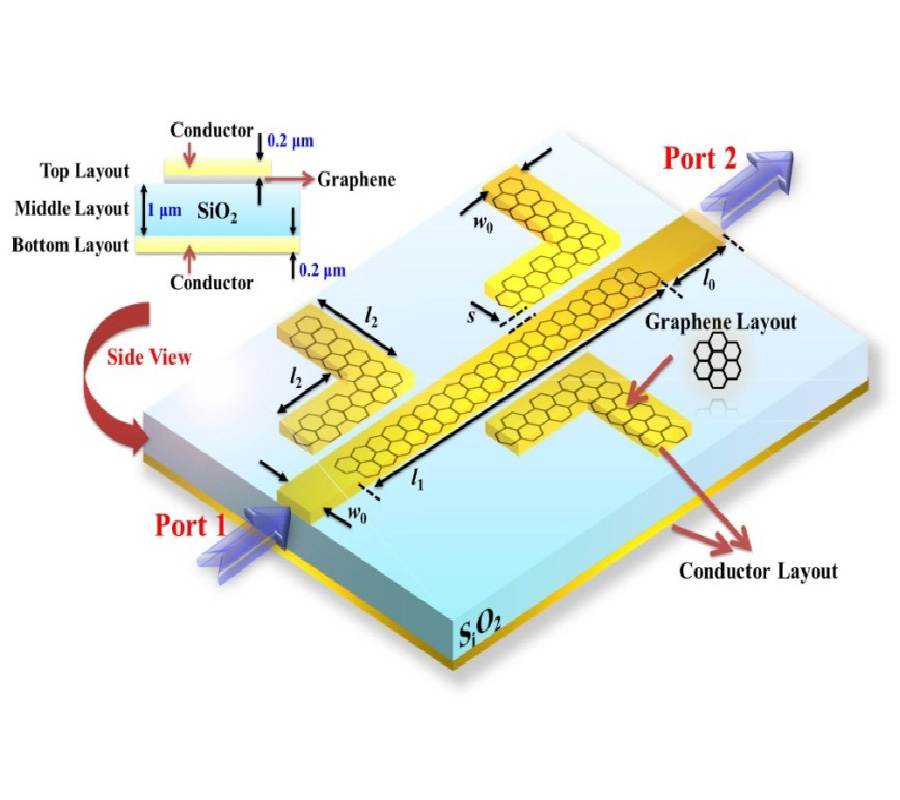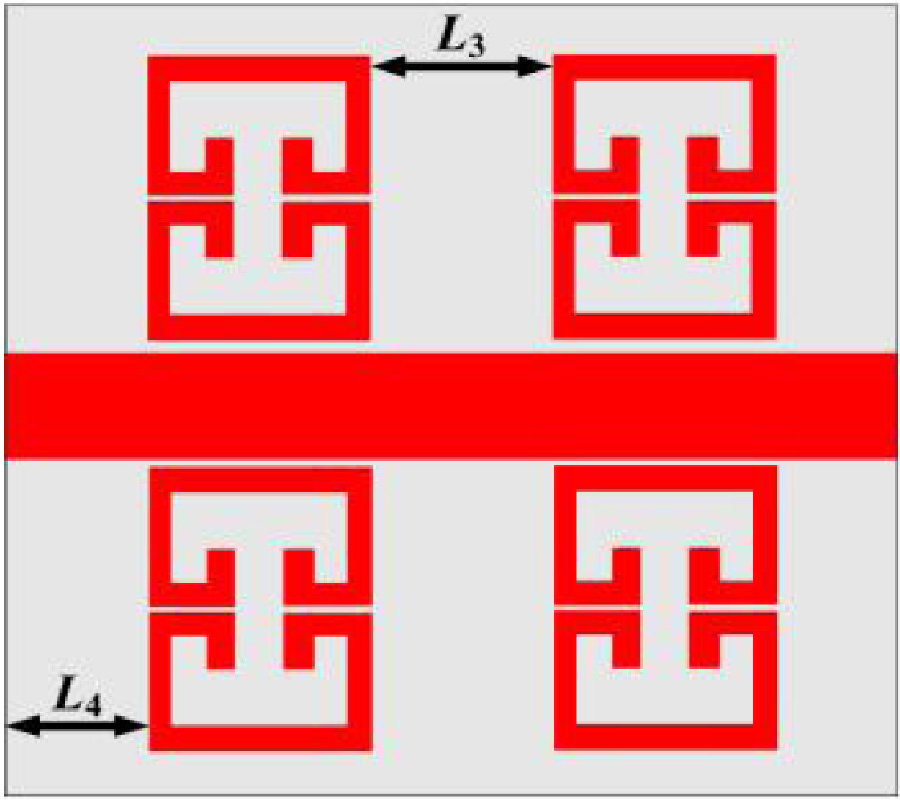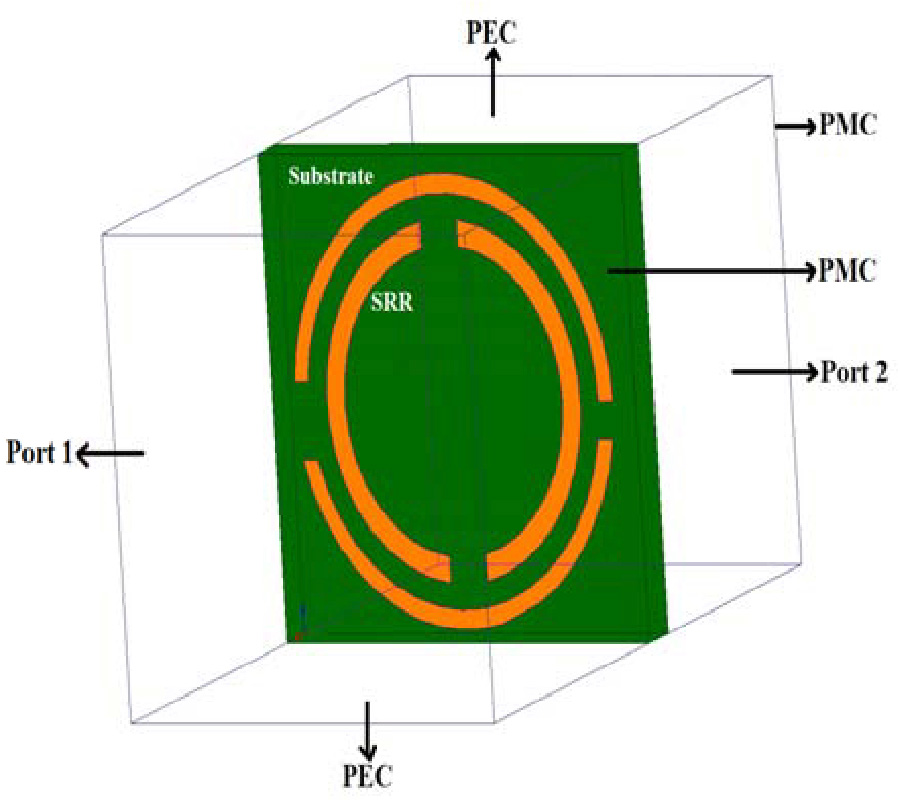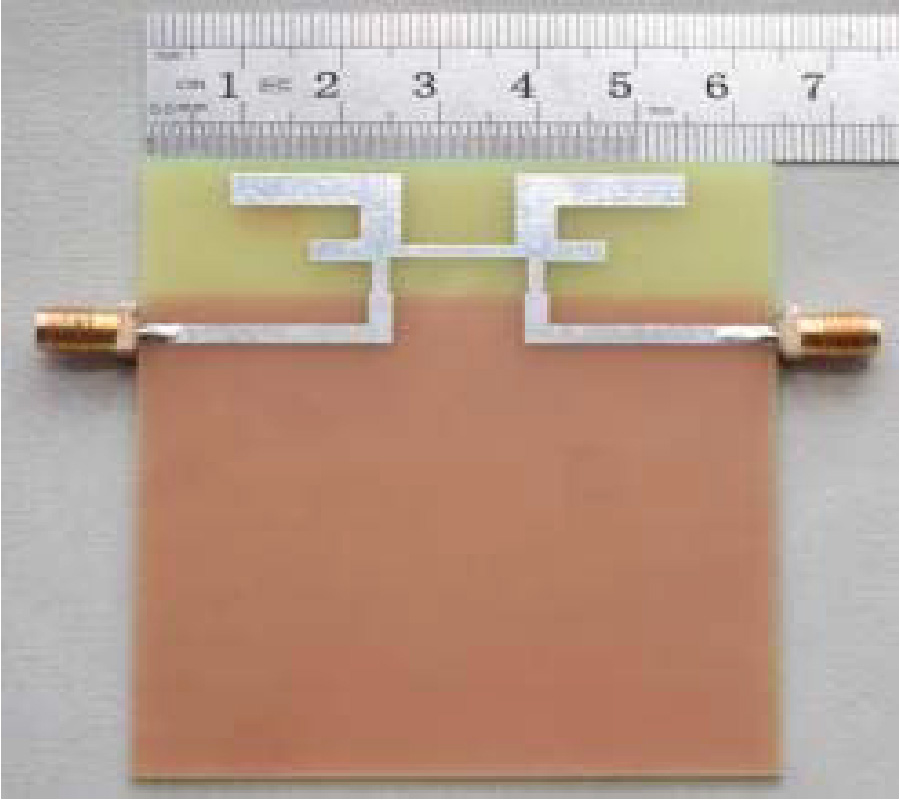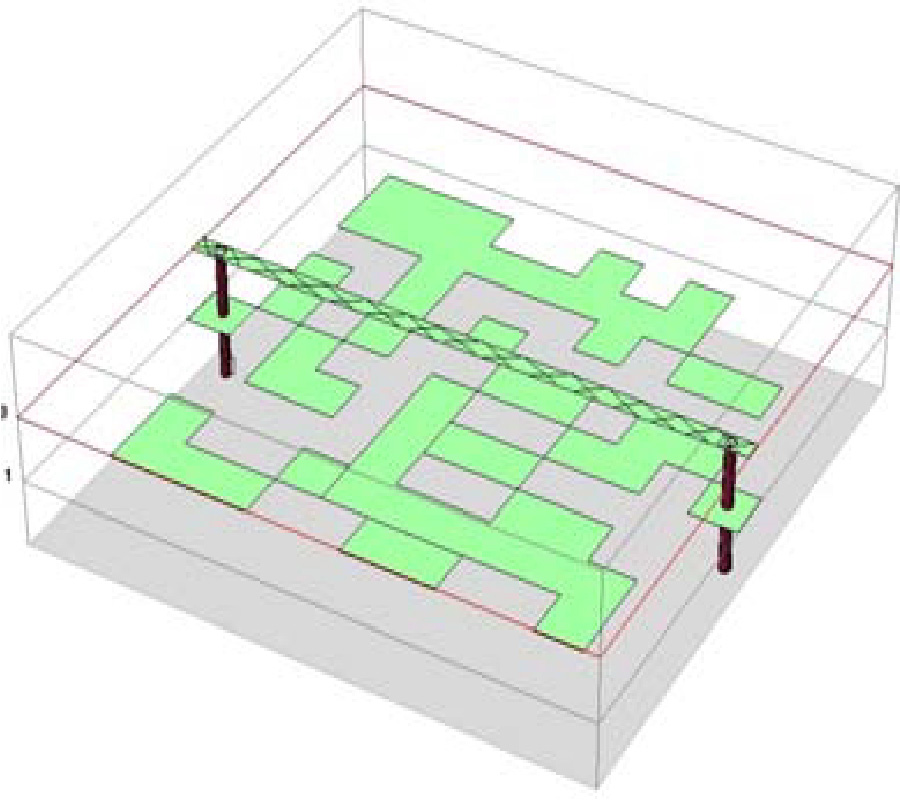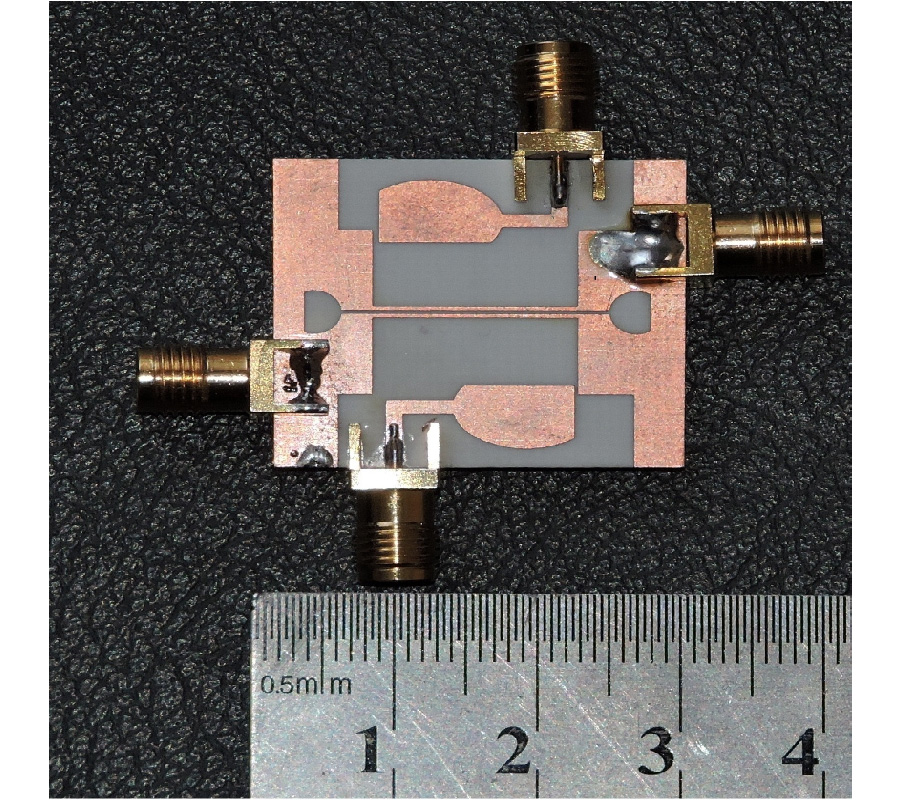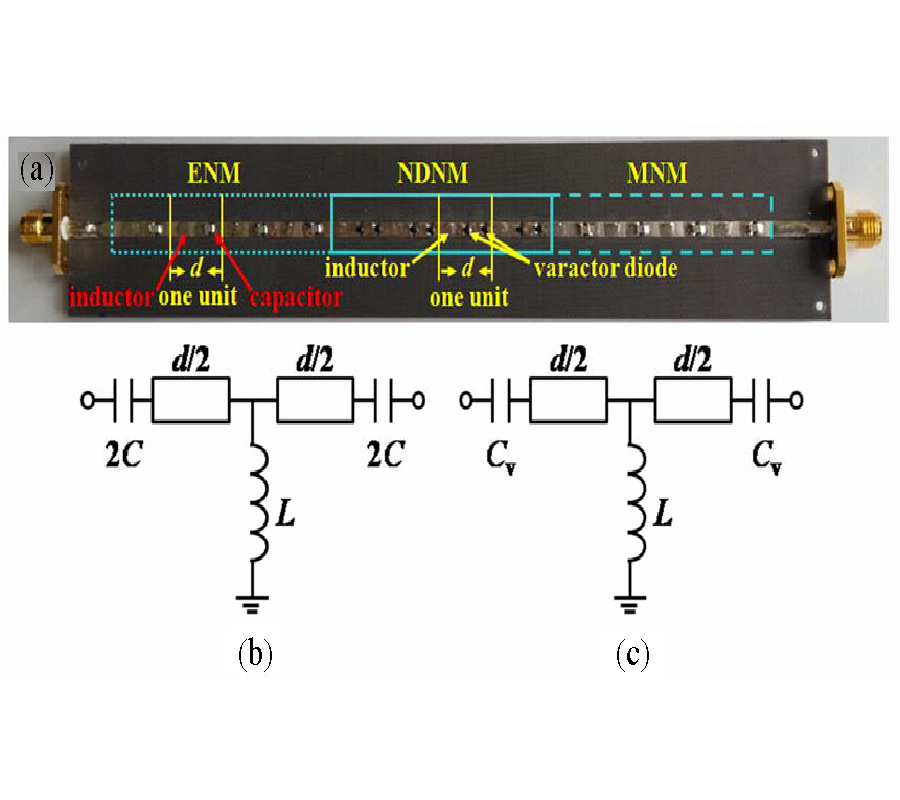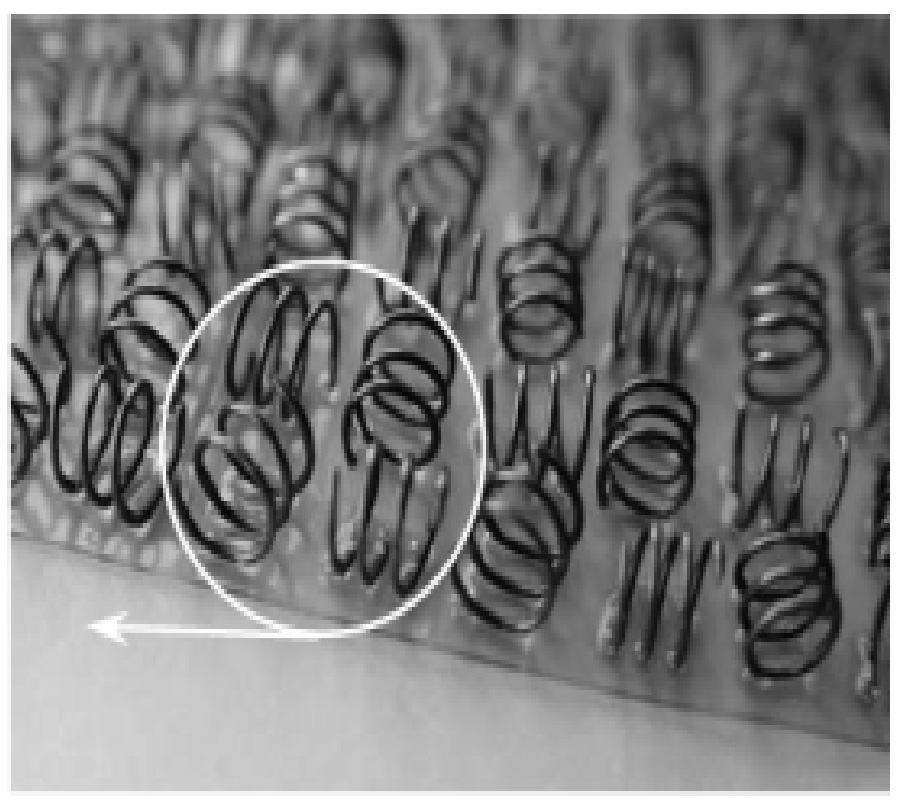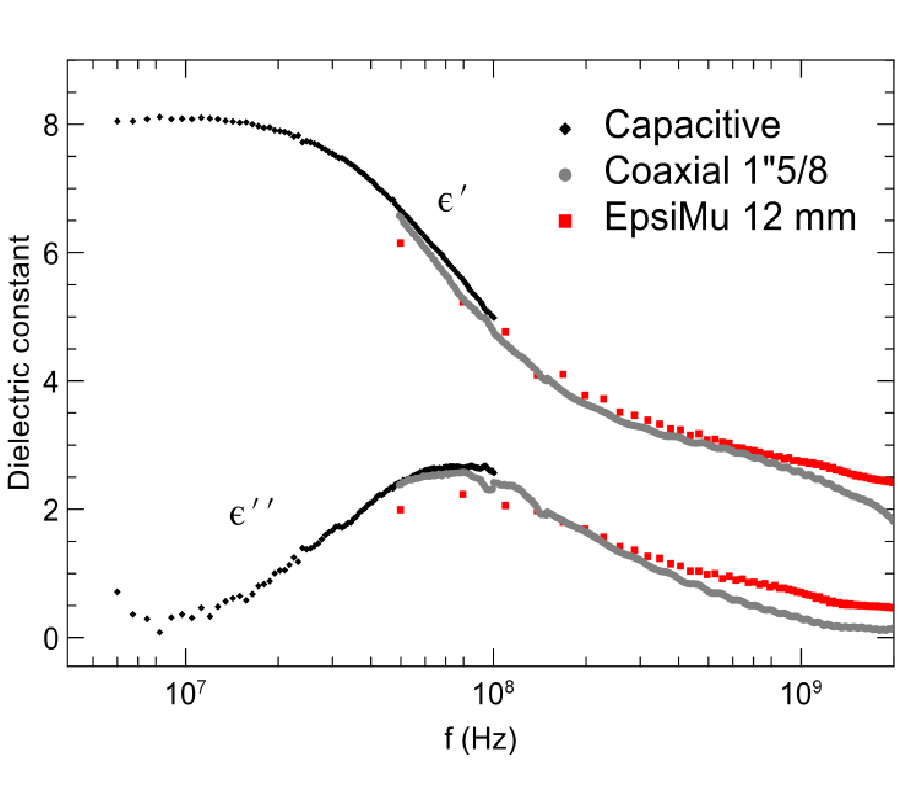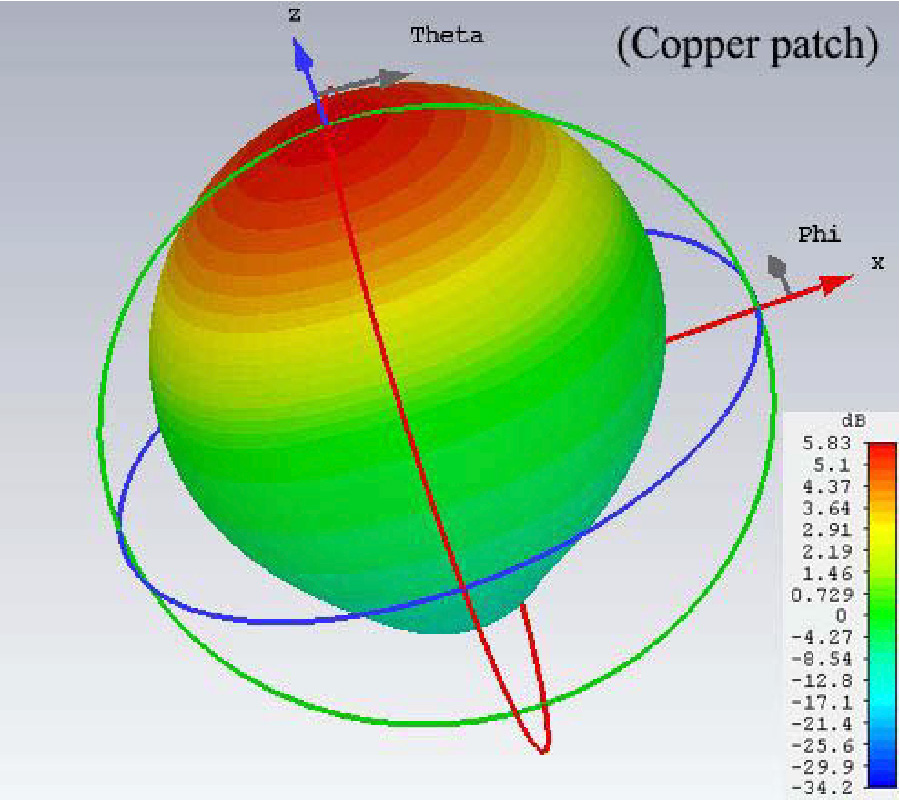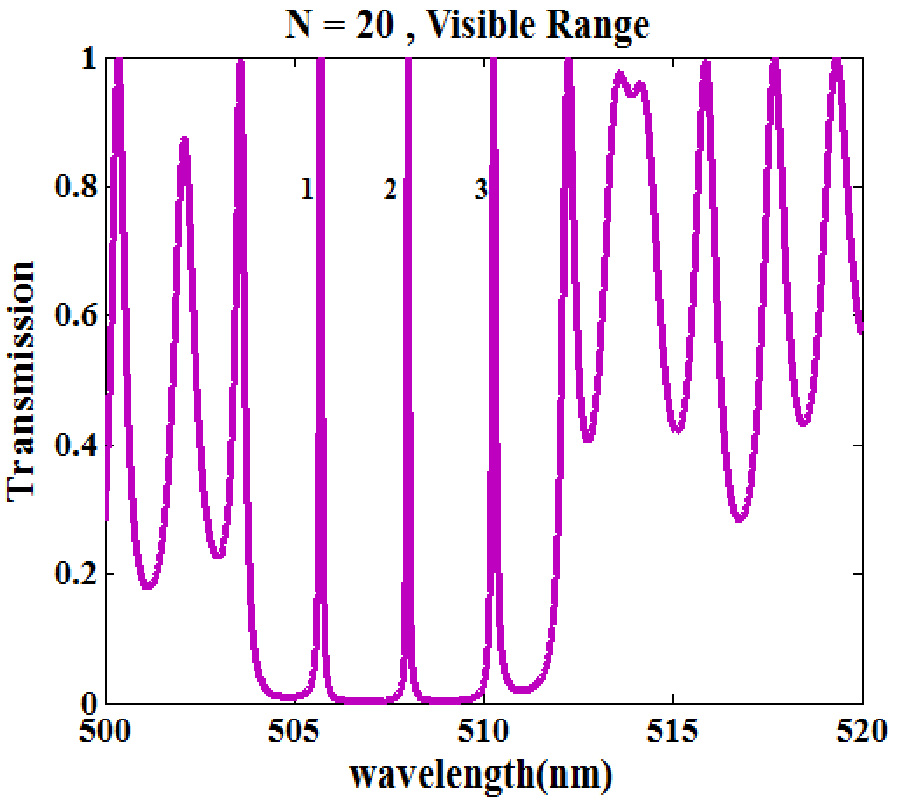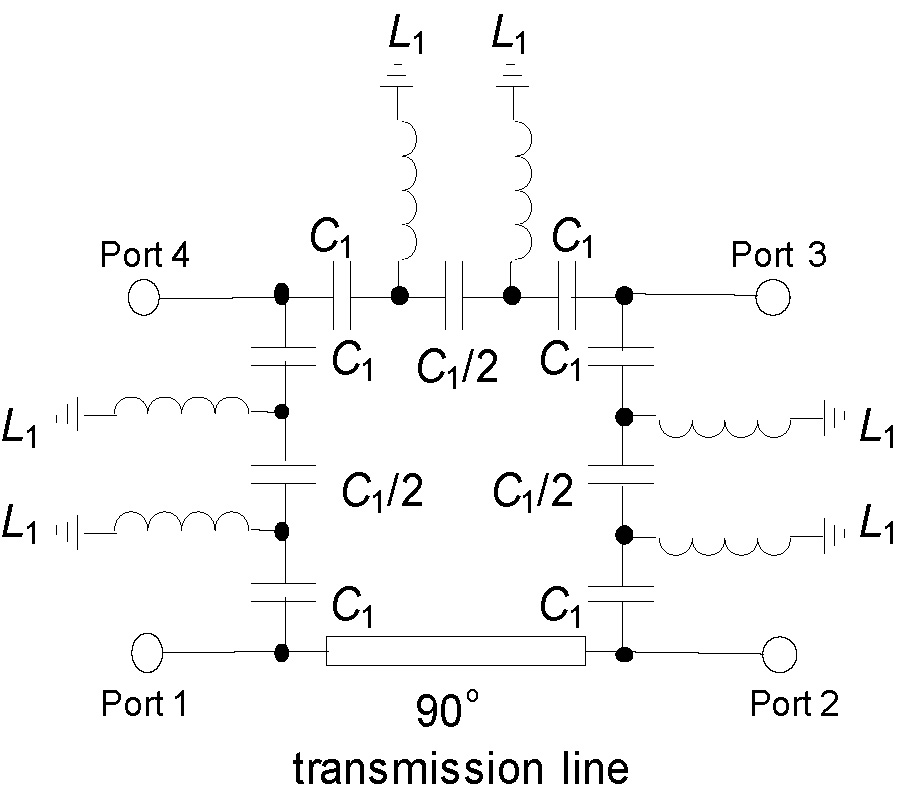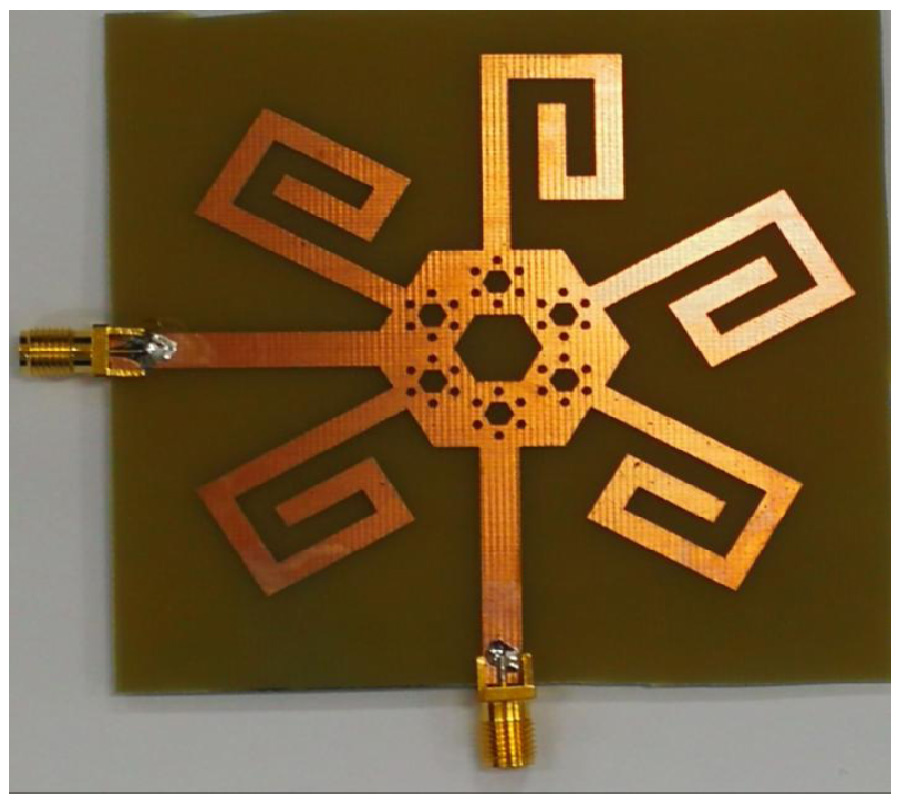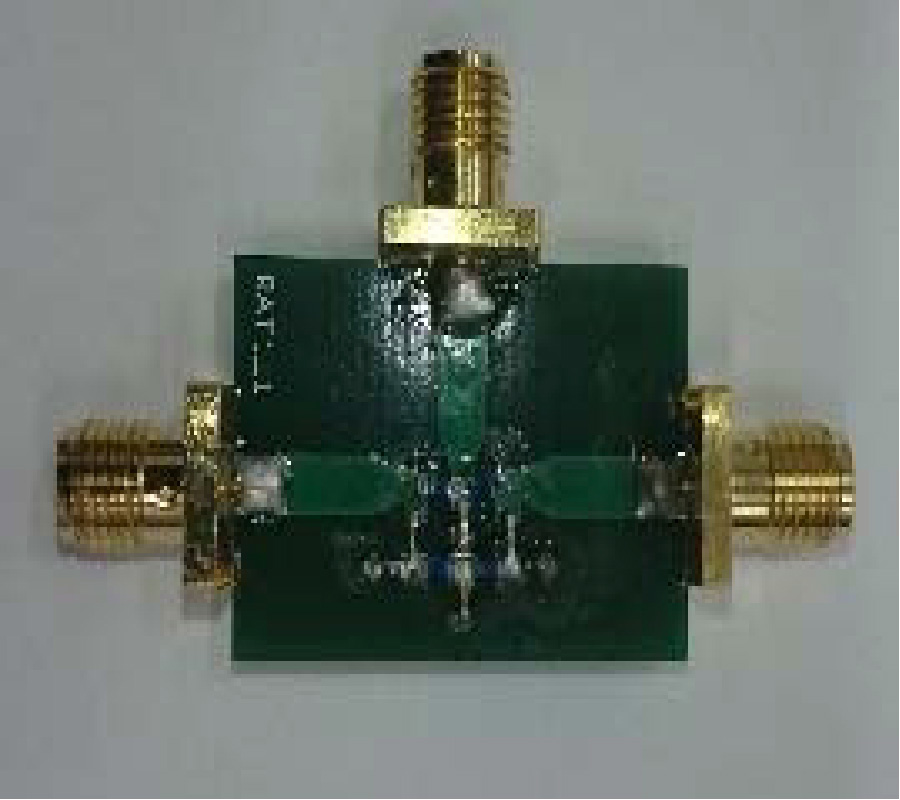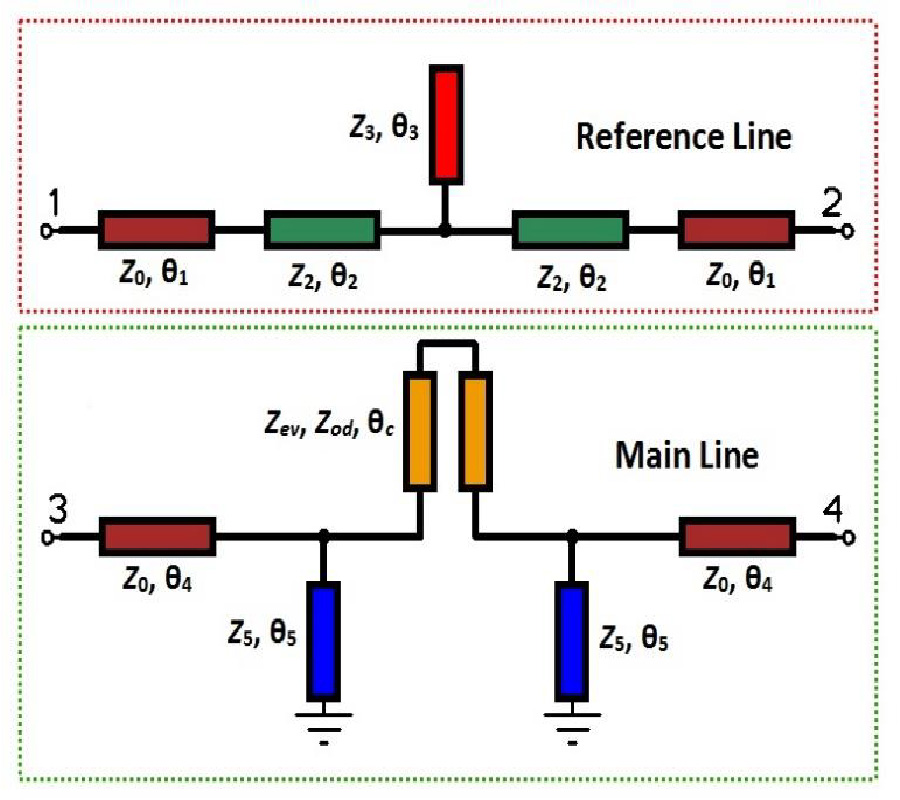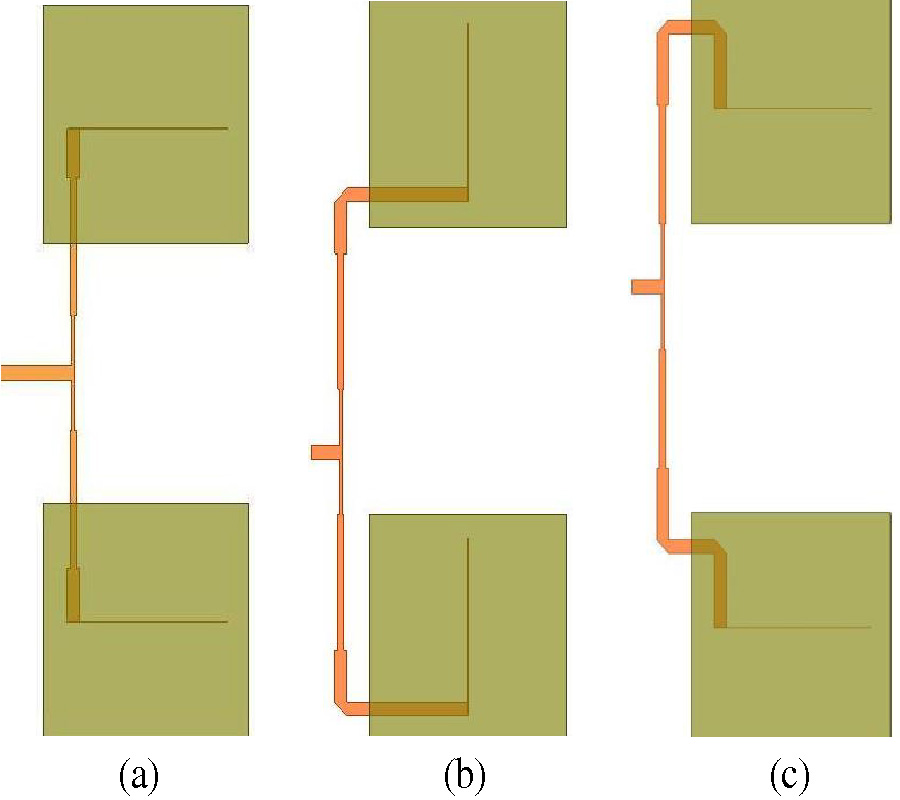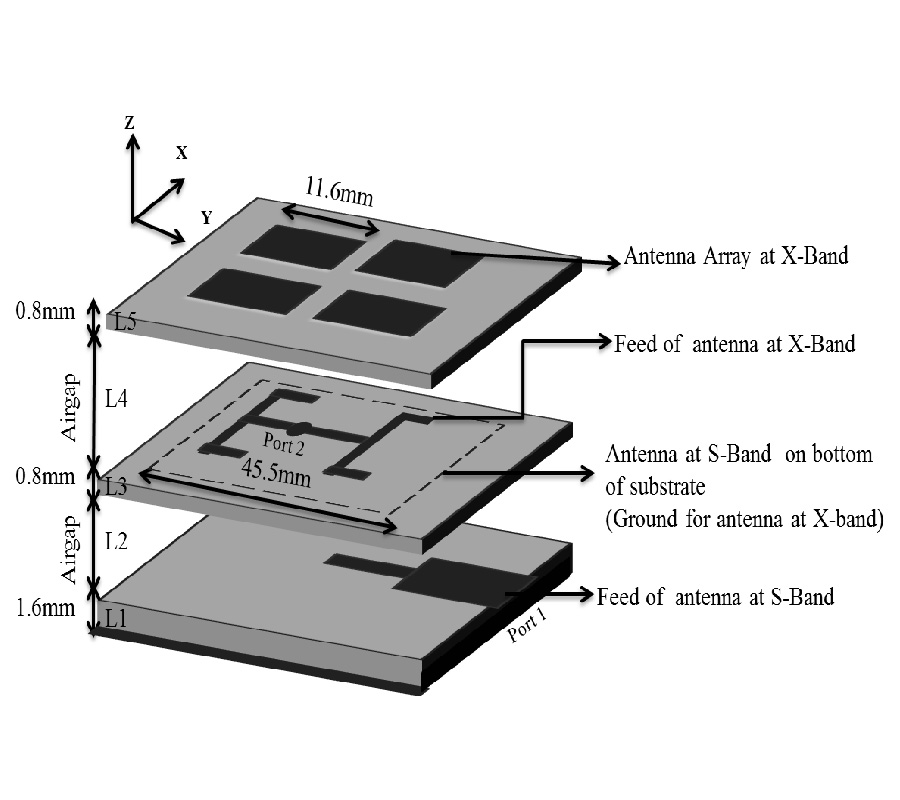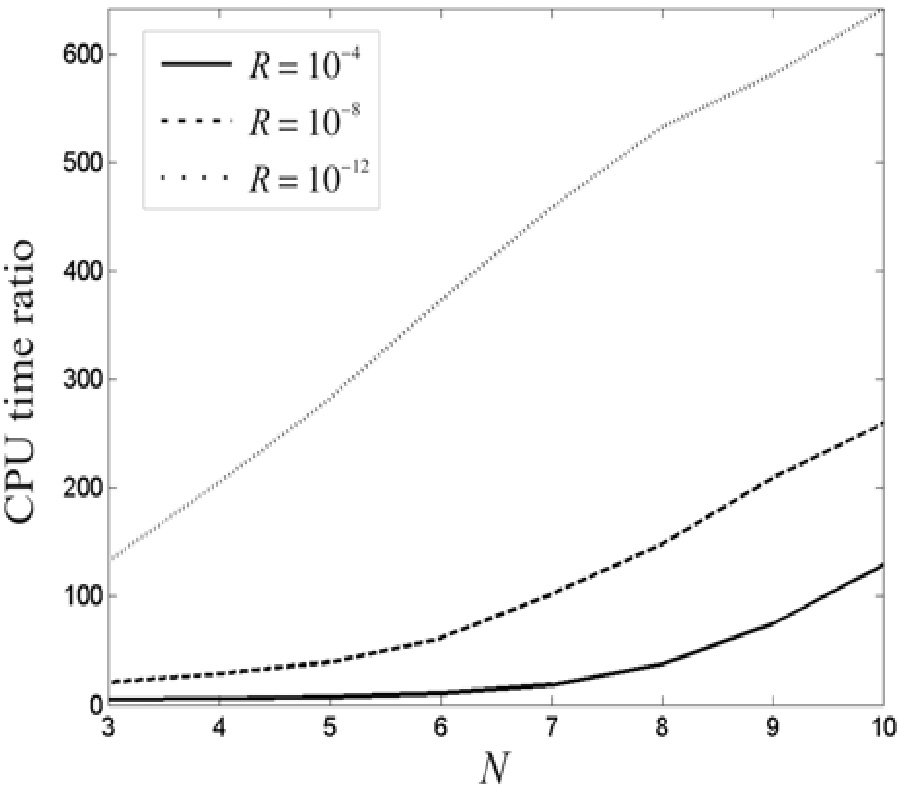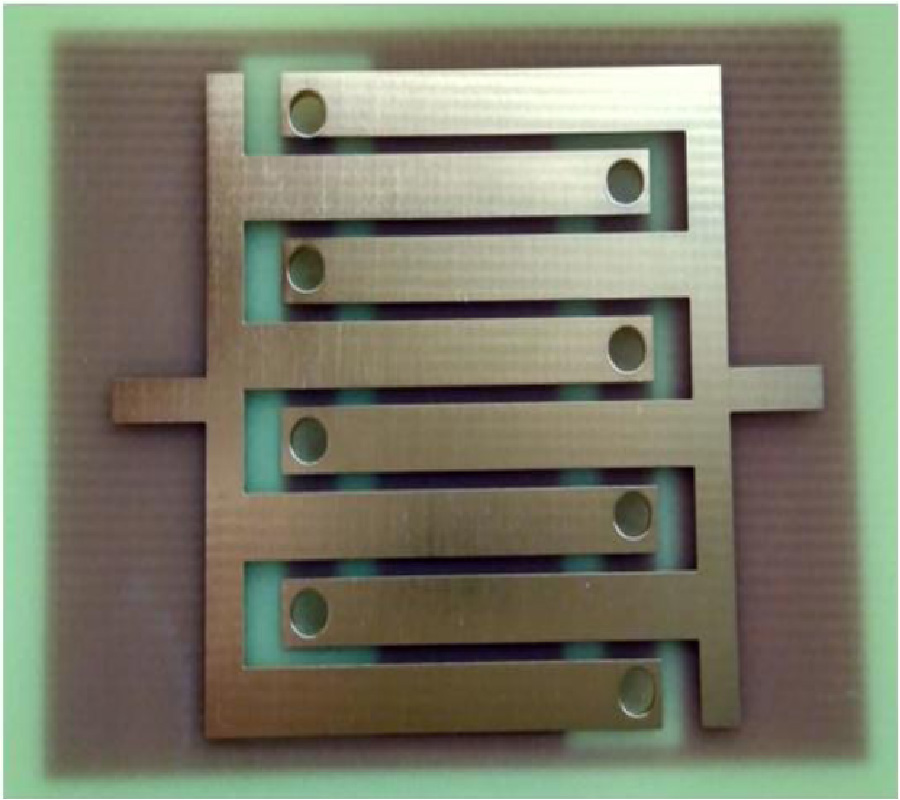A Novel Wideband Phase Shifter Using T- and Pi-Networks
Md Hedayatullah Maktoomi,
Rahul Gupta,
Mohammad A. Maktoomi and
Mohammad S. Hashmi
In this paper, a wideband differential phase shifter based on modified T- and Pi- networks is proposed. Invoking the even-odd mode analysis in this symmetric phase shifter, closed-form equations of its S-parameters are derived. The derived equations enable a generic design scheme of the phase shifter, that is, ideally the phase shifter can be designed for any differential phase requirements. To illustrate the proposed idea, design parameters for differential phases of 45˚, 60˚, 75˚, 90˚, 105˚ and 120˚ are evaluated and tabulated considering a center frequency of 3 GHz. Simulation of these examples using the Keysight ADS exhibits the intended performance. For validation, a 90˚ phase shifter has been fabricated and tested. The measurement results show a return loss better that 10 dB, an insertion loss of less than 1 dB, and a ± 7° of phase deviation from 1.18 GHz to 5.44 GHz, which is equivalent to a fractional bandwidth of 142%.
